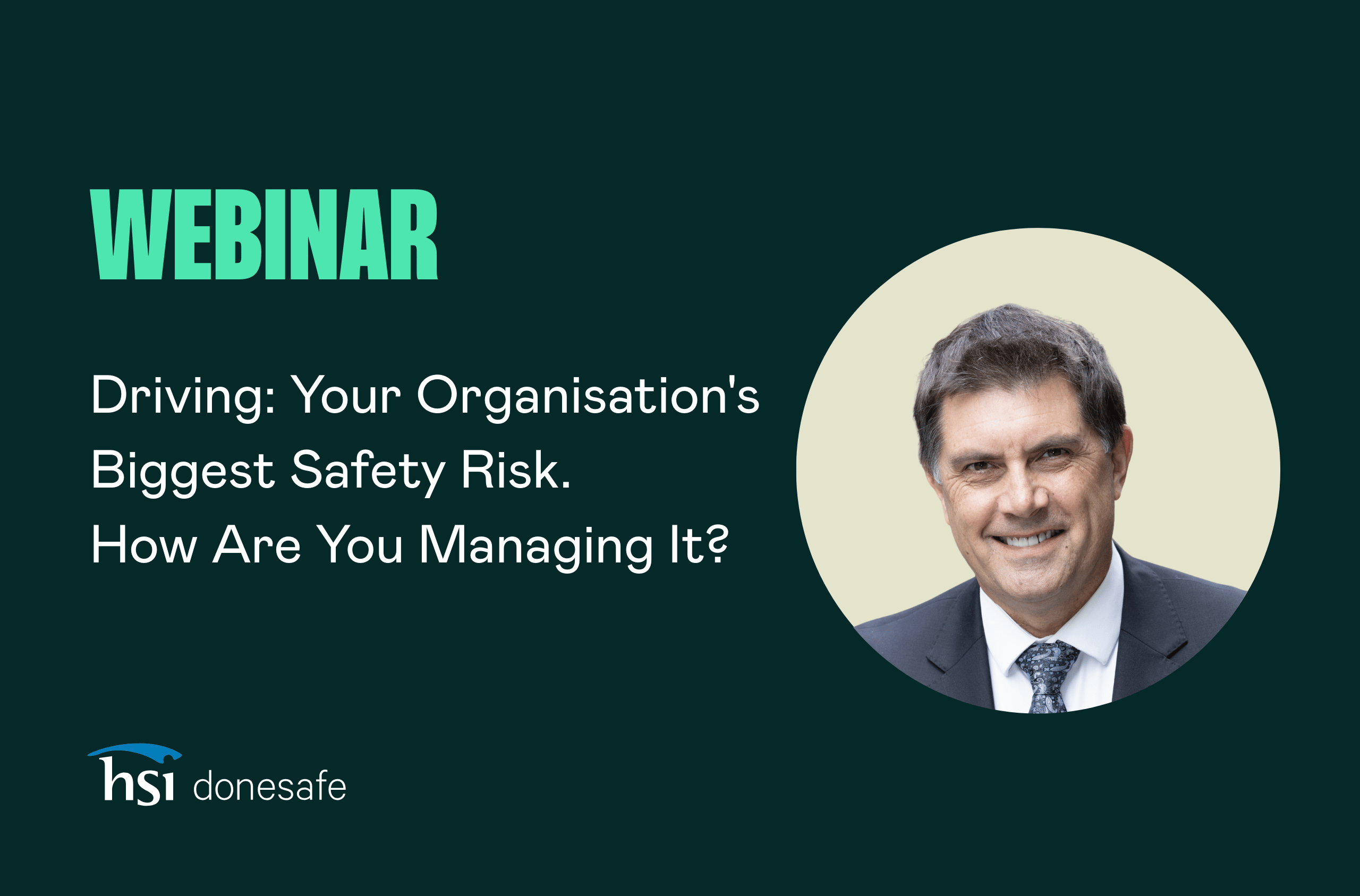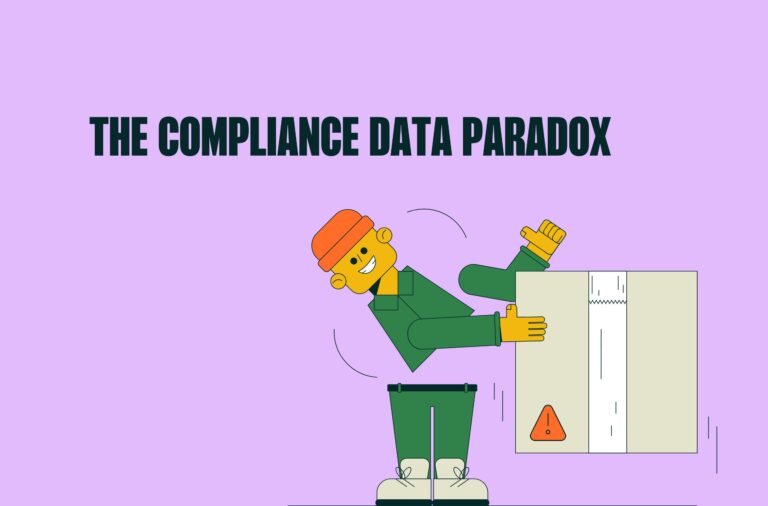
In our recent webinar, we sat down with Russell White, one of Australia’s leading road safety advocates with over 30 years experience in driver training, research and workplace road safety. Across the session, Russell unpacked the state of road safety in Australia, why work-related driving remains the number one risk for many organisations, and what employers can do differently.
Below are the key highlights, insights, and standout moments.
The risk environment has changed and it’s getting worse
“I thought it might be helpful just to give you a little bit of a snapshot of where we are at the moment… and there’s some troubling statistics.”
Russel opened the webinar and explained that globally, some countries are improving road safety outcomes, “around about 16 of those have actually had a decrease in their road trauma outcome… by round about 2%.”
Australia, however, is moving in the opposite direction.
“Last year our road toll was 1300 lives… an increase of 3.3% on 2023.”
“Since 2021, it’s actually climbed by 22%.”
“The most recent data… 25.8% higher than the average for August for the previous five years.”
His warning was direct:
“Even a small increase is unacceptable, but to see something close to 26% is really something that’s a massive cause for alarm.”
Work vehicles are legally a workplace
Russell reinforced that employers have clear responsibilities when it comes to workers who drive:
“A vehicle is classed as a workplace… it’s covered under workplace health and safety laws.”
“Employers have obligations to make sure they’re doing everything that’s practical to help improve the safety of people operating a vehicle for work purposes.”
But unlike a factory floor or office, employers can’t control the environment once a worker leaves the car park:
“They’re operating their workplace in an environment that is inherently at an increased level of risk… and a higher chance of something going to happen out there on the road.”
He also highlighted a common organisational challenge that:
“Sometimes in some organisations there can be a disconnect as to who actually owns the issue.”
The number one cause of workplace fatalities
Russell shared a simple, confronting fact:
“If we’re looking at worker fatalities, a vehicle incident is clearly by a long way the number one activity that’s likely to cause a fatality to a worker.”
And he challenged the idea that this is just “part of the job”.
“If we replaced vehicle incident with some other mechanism… change would happen quite quickly.”
“Yet the number one incident by a long way almost be seen as like a cost of doing business.”
Culture, policies, and real accountability
A recurring theme was organisational culture and clarity.
Russell asked leaders to reflect on key questions:
- “How do we improve road safety culture when it comes to work-related driving?”
- “What policies do you have in place that specifically target work-related road safety?”
- “What sort of activities are you doing to improve those outcomes?”
Training, communication, and visibility matter:
“If we’re serious about dealing with this number one risk… the campaigns and the way you communicate that mission is equally important.”
He also urged leaders to look beyond vehicle acquisition:
“Are we collecting data on vehicle use? Are we using telematics?… Are the vehicles we are selecting fit for purpose?”
And, importantly, to connect it to broader organisational expectations.
“There’s going to be an increased focus when boards report from an ESG standpoint… what are we doing to treat our number one safety risk?”
A reset in thinking
Throughout the webinar, Russell encouraged a mindset shift:
“I think the time has come to really shine the light on this issue.”
“We have a different look at it and look at it through a different perspective.”
As Russell highlighted: road safety is an organisational risk that demands visibility, ownership, and long-term commitment.
Watch the full webinar
This blog captures only a snapshot of Russell’s insights. To explore the full discussion, including deeper analysis, data, and practical guidance, click here to watch the webinar recording and access the complete session.
Share:


